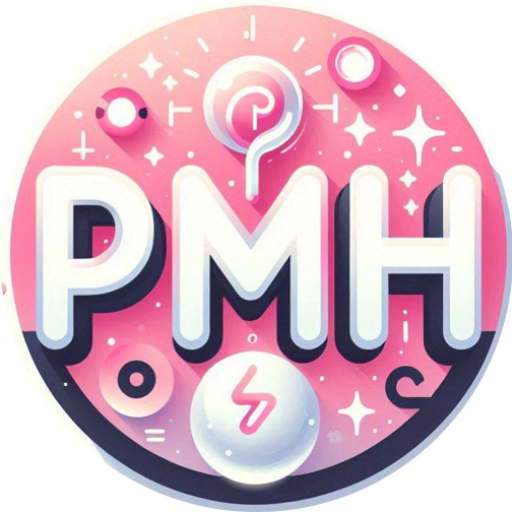
Integrating SAP systems with Power Automate can significantly enhance your business workflows by automating processes and connecting SAP data with other applications. In this guide, we will walk you through the steps required to set up this integration.
Step 1: Prepare Your SAP Environment 🛠️
Before you begin, ensure that your SAP environment is ready for integration:
- SAP Gateway Configuration: Ensure that the SAP Gateway is configured and accessible.
- OData Services: Identify or create the necessary OData services that will be exposed to Power Automate.
- User Credentials: Ensure that you have user credentials with appropriate permissions to access the SAP data.
Step 2: Register SAP Application in Azure AD 🌐
- Access Azure AD:
- Navigate to the Azure portal (https://portal.azure.com) and sign in with your account.
- Go to Azure Active Directory > App registrations.
- Register New Application:
- Click on New registration.
- Provide a name (e.g., SAP Power Automate Integration).
- Set the Redirect URI to
https://global.consent.azure-apim.net/redirect. - Click Register.
- Configure API Permissions:
- Go to API permissions > Add a permission.
- Select APIs my organization uses and search for SAP.
- Add the necessary permissions, such as user_impersonation.
- Client Secret 🔑:
- Go to Certificates & secrets > New client secret.
- Provide a description and set an expiration period.
- Copy the client secret value (you will need it later).
Step 3: Configure Power Automate ⚙️
- Access Power Automate:
- Go to Power Automate (https://make.powerautomate.com) and sign in.
- Create a New Connection:
- Navigate to Data > Connections > New connection.
- Search for SAP and select the SAP connector.
- Enter the required details, including the Client ID and Client Secret from the Azure AD application.
- Provide the SAP Gateway URL and other required credentials.
Step 4: Build Your Flow 🏗️
- Create a New Flow:
- In Power Automate, click on Create > Automated flow or Instant flow.
- Provide a name for your flow and set a trigger (e.g., when an item is created in SharePoint).
- Add SAP Action:
- Click on + New step.
- Search for the SAP connector and select an action (e.g., Get SAP Data).
- Configure the action by selecting the SAP OData service and setting the necessary parameters.
- Integrate with Other Services:
- Add additional steps to integrate SAP data with other services (e.g., send an email, update SharePoint, etc.).
- Test Your Flow 🧪:
- Save and test your flow to ensure it works as expected.
- Monitor the flow run history for any errors and troubleshoot as needed.
Step 5: Monitor and Maintain 👀
- Monitor Flow Runs:
- Regularly check the flow run history to ensure it is running smoothly.
- Set up alerts for any failures or issues.
- Maintain SAP Connection:
- Ensure that the SAP connection remains active and renew any credentials or secrets before they expire.
Conclusion 🎉
Connecting SAP with Power Automate can greatly enhance your business workflows by automating data exchange and process execution. By following these steps, you can successfully integrate SAP with Power Automate and start building powerful automated solutions. Happy automating!
By following these steps, you should be able to set up and maintain an integration between SAP and Power Automate. If you have any specific questions or run into any issues, feel free to reach out in the comments below!

